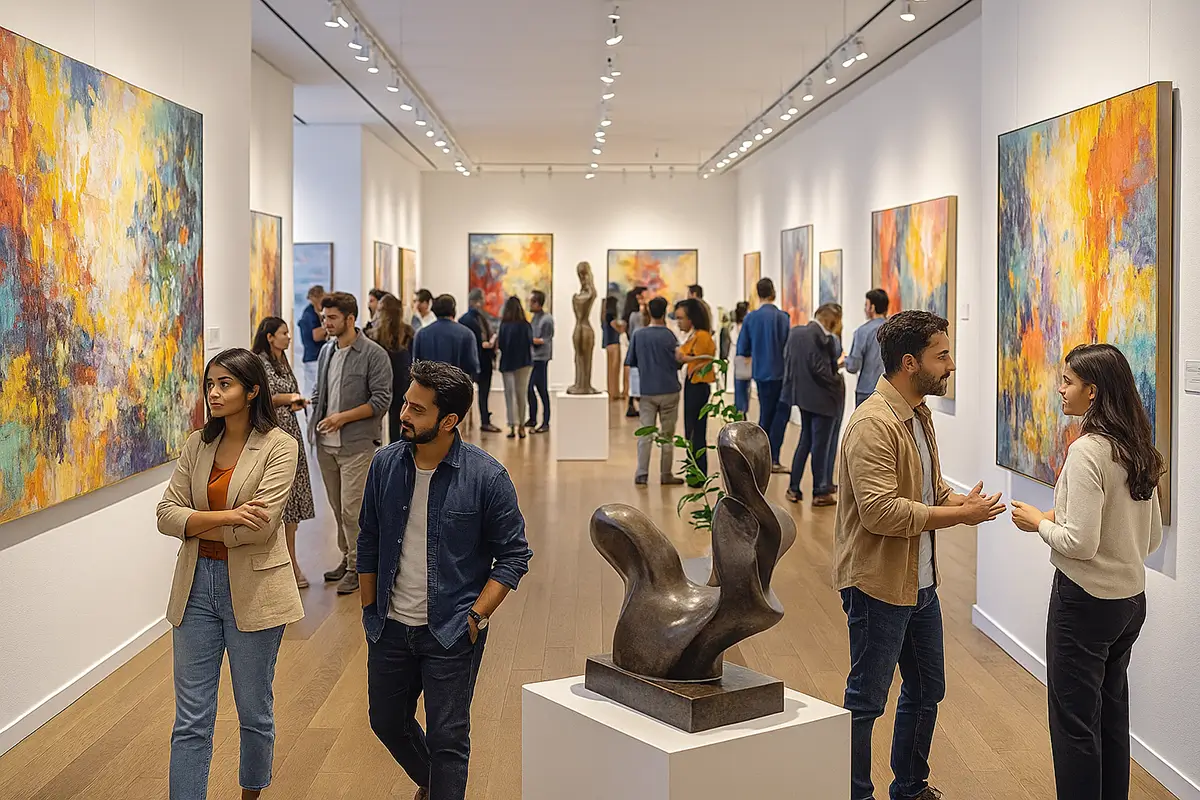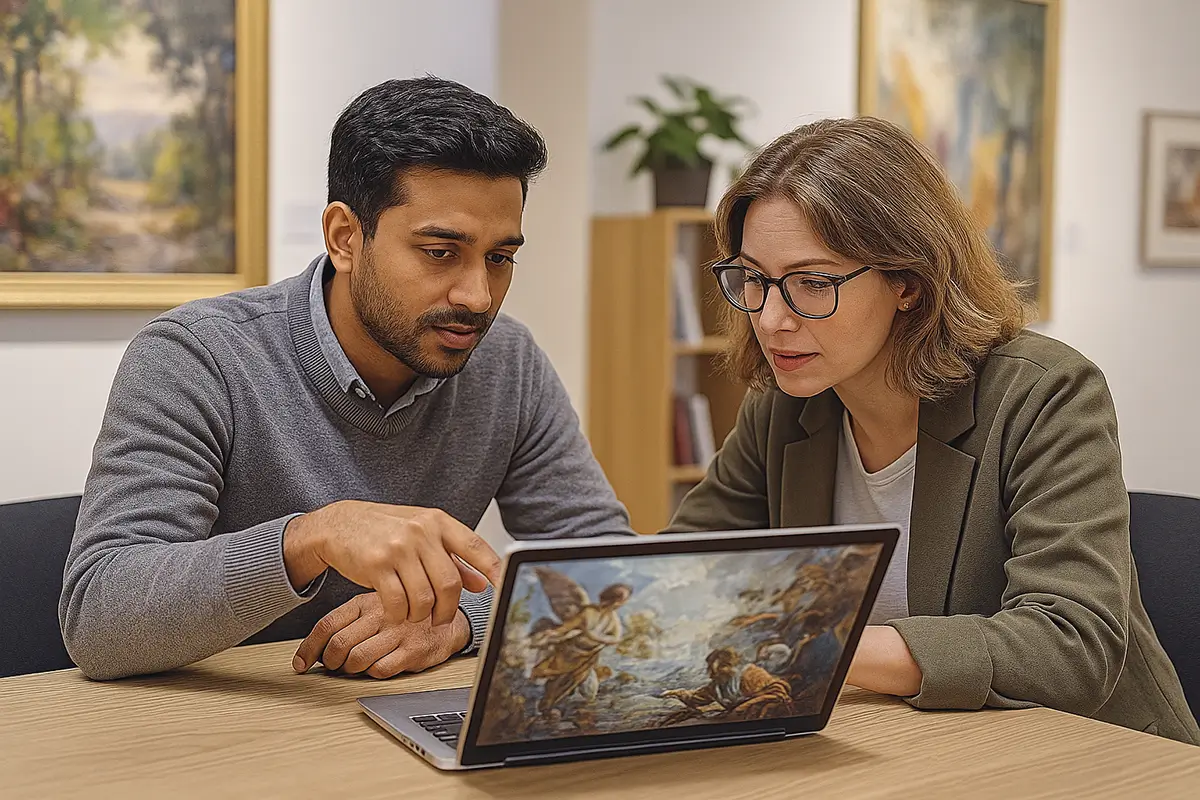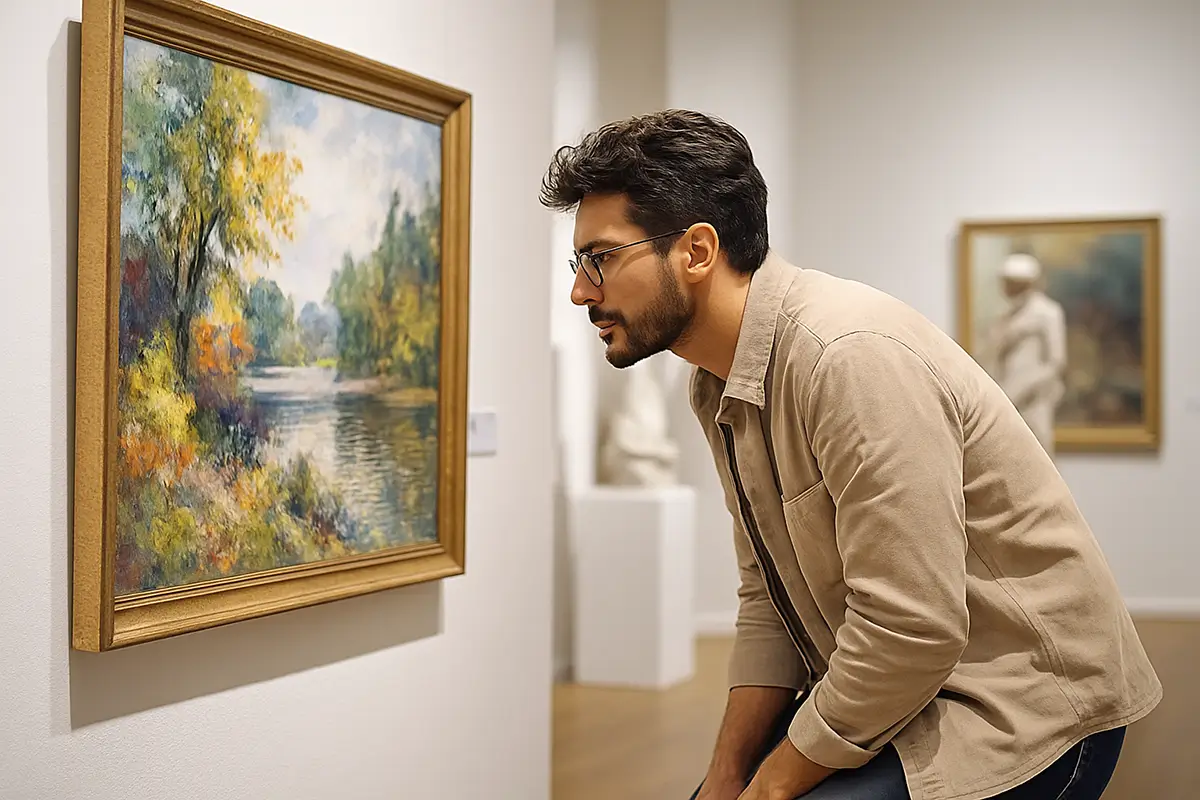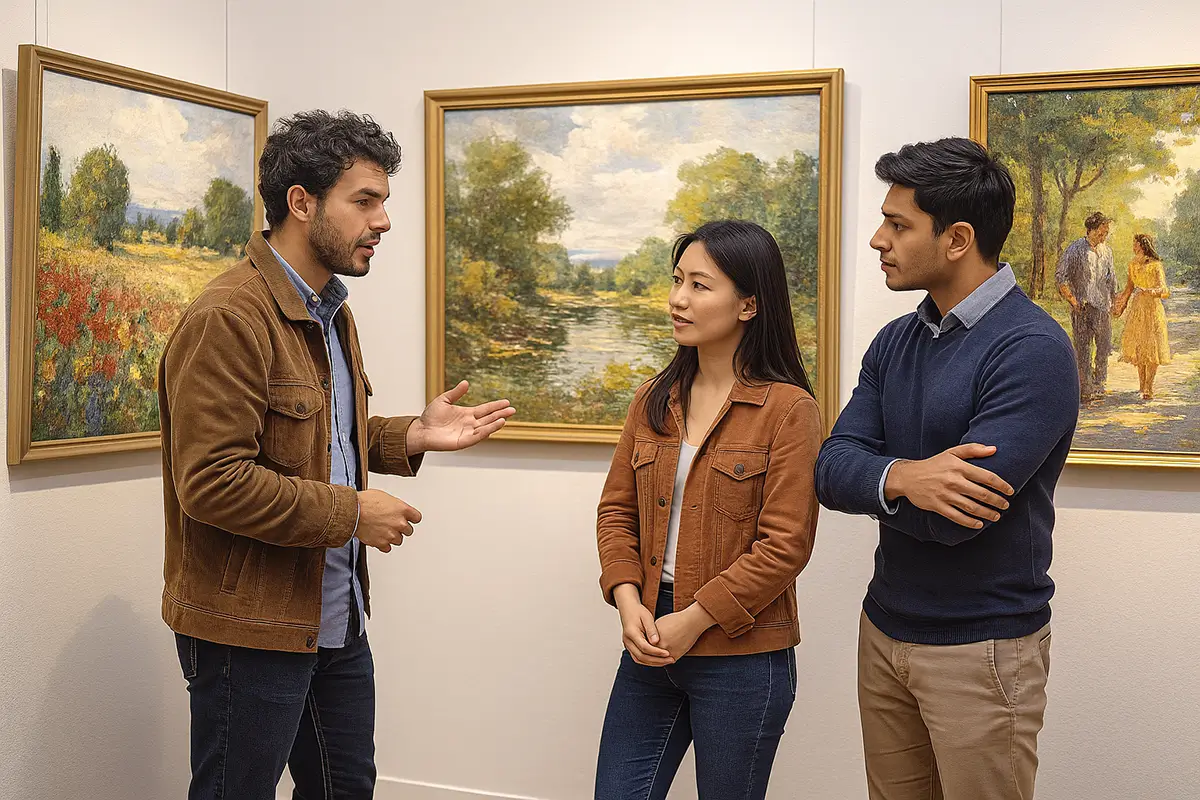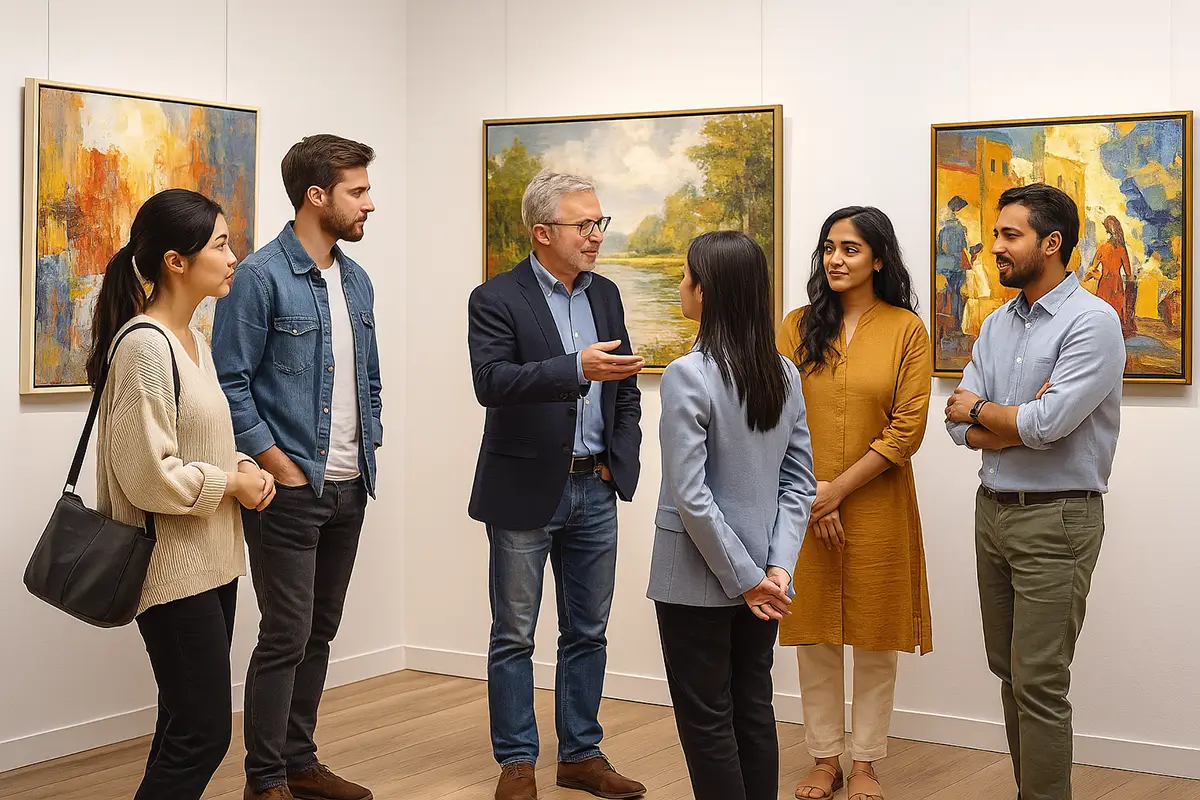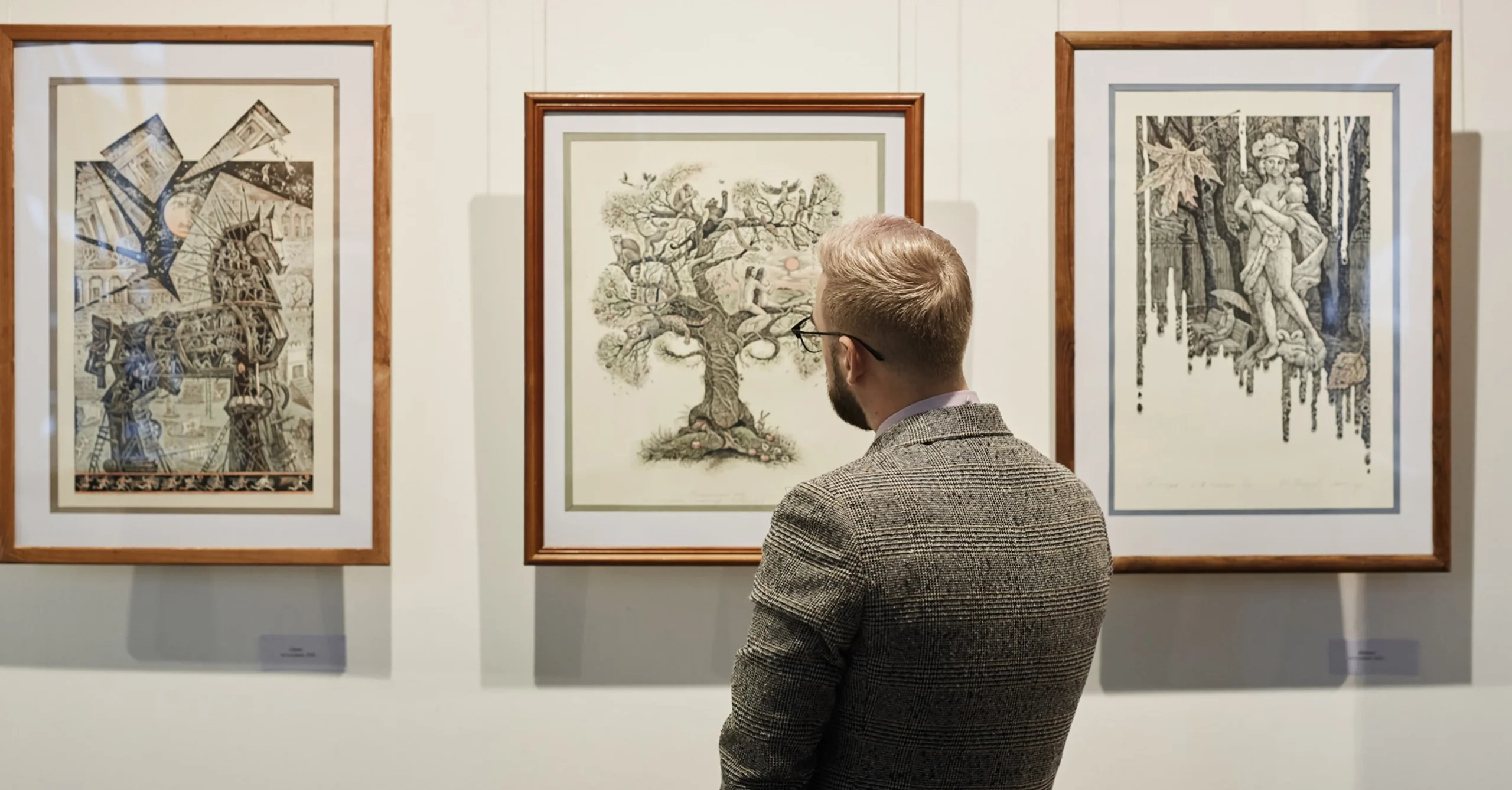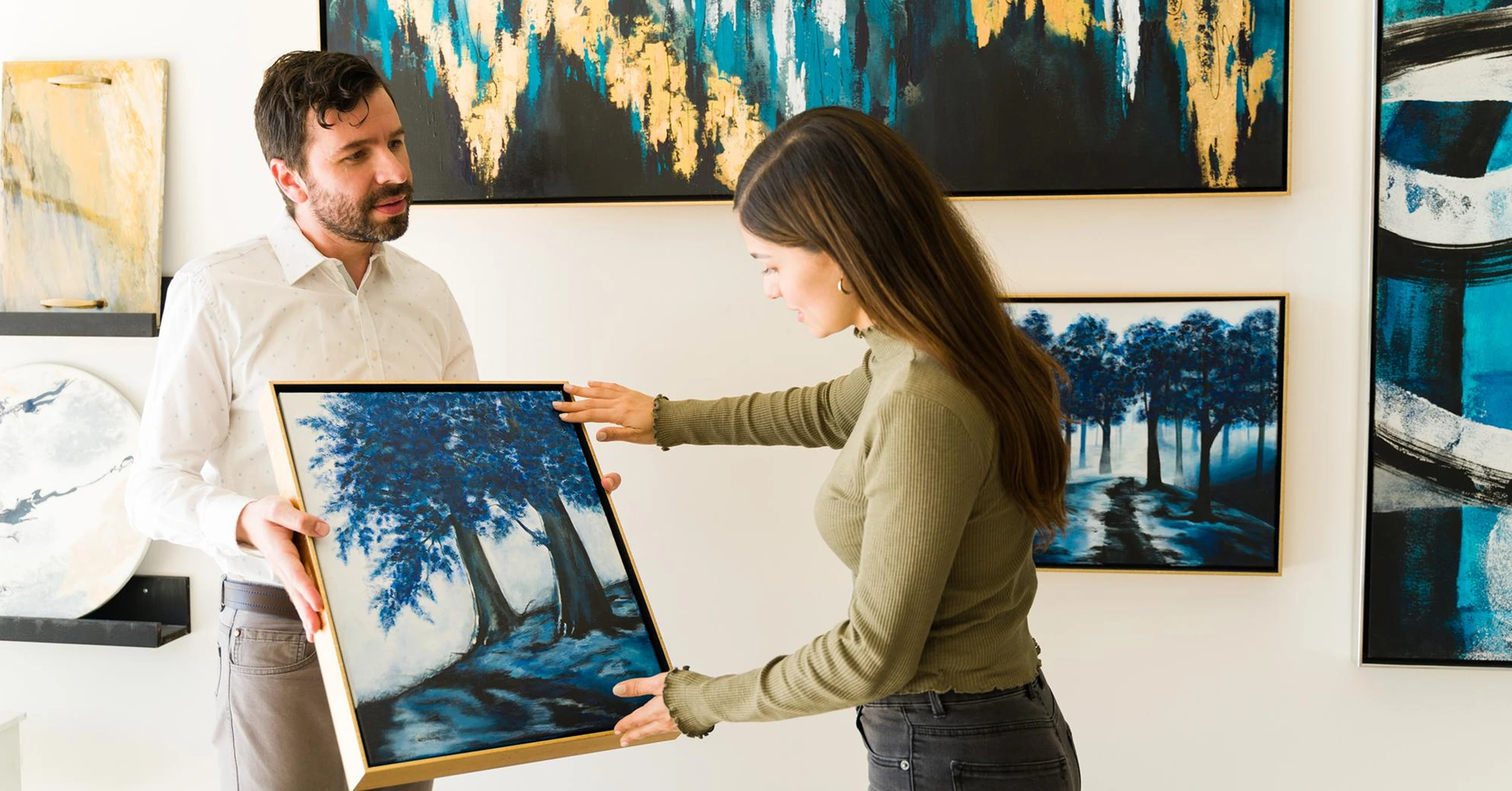Introduction: The hidden risks behind beautiful works
Art collecting in India is thriving. From modern masters to emerging contemporary artists, opportunities for acquisition are abundant. But beneath the glamour of auctions and gallery shows lies a less visible reality: art carries risks.
Forgery, misattributed works, unclear provenance, improper valuations, and conservation neglect can all jeopardise an acquisition. This is why due diligence is the cornerstone of successful art collecting.
For new and seasoned collectors alike, due diligence ensures that acquisitions are authentic, fairly valued, and legally secure. In this article, we explore what due diligence means in art acquisition, the risks it addresses, and best practices for the Indian market.
What is due diligence in art acquisition?
Due diligence in art acquisition refers to the systematic process of verifying authenticity, provenance, condition, and value before making a purchase.
It combines expertise from multiple domains:
- Art history for attribution verification.
- Science for material analysis.
- Legal frameworks for ownership and compliance.
- Finance for valuation and risk management.
In short, due diligence ensures that what you buy is genuine, fairly priced, and transferable without risk.
Why due diligence matters in India
1. Forgeries and fakes
India has seen several cases of forged works entering the market, especially for high-value artists such as Husain, Raza, and Souza. Without provenance checks, collectors risk buying fakes at high prices.
2. Incomplete provenance
Many artworks lack clear ownership histories. This raises risks of disputes, theft claims, or legal complications.
3. Misattribution
Emerging artists or regional works are sometimes misattributed, either deliberately or through ignorance.
4. Condition risks
Improper storage or hidden damage reduces both value and longevity.
5. Market fluctuations
Prices may be inflated without supporting valuation benchmarks.
6. Legal and regulatory compliance
Imports, exports, and taxation laws in India create additional compliance layers.
Core elements of due diligence
1. Provenance verification
- Tracing ownership history from creation to present.
- Ensuring transfers were legal and documented.
- Checking for theft or illicit trade records.
2. Authenticity testing
- Scientific methods like pigment analysis, radiography, and carbon dating.
- Comparison with artist catalogues raisonnés.
- Consultation with recognised experts.
3. Condition assessment
- Identifying visible and hidden damages.
- Evaluating risks from materials, environment, or prior restoration.
- Providing recommendations for conservation.
4. Valuation analysis
- Benchmarking prices against market data.
- Reviewing auction records, gallery prices, and private sales.
- Assessing investment potential.
5. Legal compliance
- Verifying ownership rights.
- Ensuring adherence to Indian antiquities and heritage laws.
- Import/export documentation for international acquisitions.
Case studies: Risks without due diligence
Case 1: Overpaying for a forgery
A first-time collector in Delhi purchased a “Husain” from a private dealer. Later analysis revealed it was a fake. Lack of provenance and expert verification resulted in financial and reputational loss. Getting the right art appraisal is important.
Case 2: Inherited works without documentation
A family in Kolkata inherited paintings but lacked proof of ownership. When they tried to sell, questions about provenance led to legal disputes.
Case 3: Conservation surprises
A corporate in Bangalore bought contemporary works, only to discover within a year that the materials degraded quickly. Condition assessments are important and could have flagged this, preventing future costs.
The role of advisory in due diligence
Professional Art Acquisition & Advisory Services bring structure and expertise to due diligence:
- Research: Advisors access archives, catalogues, and expert networks.
- Scientific testing: Collaboration with labs for authenticity analysis.
- Legal checks: Ensuring regulatory compliance.
- Valuation: Independent, data-backed appraisals.
- Risk management: Conservation planning and insurance guidance.
Advisory transforms due diligence from guesswork into a structured, professional process.
Tools and technologies aiding due diligence
- Blockchain provenance records to ensure traceability.
- AI-driven valuation models analysing auction and sales data.
- Spectroscopy and imaging tools for pigment and material analysis.
- Digital cataloging to document ownership and treatment history.
In India, where infrastructure is still developing, advisors integrate these tools selectively to ensure global best practices.
Best practices for collectors in India
- Always demand provenance documentation.
- Cross-check prices with multiple sources, including auction data.
- Insist on condition reports before acquisition.
- Engage experts for high-value purchases.
- Consider future-proofing: Insurance, conservation, and cataloging.
- Work with professional advisors for complex or international acquisitions.
The economics of due diligence
While due diligence requires investment in professional services, it prevents far greater losses.
- Financial savings: Avoids overpaying for fakes or damaged works.
- Value retention: Ensures works are insurable and marketable.
- Reduced legal exposure: Prevents disputes from unclear ownership.
- Long-term credibility: Collectors with documented acquisitions gain trust in markets and institutions.
Advisory for corporates vs private collectors
Corporates
- Large collections demand structured acquisition policies.
- Conservation and insurance are integrated into asset management.
- Advisory aligns acquisitions with brand values and CSR.
Private collectors
- Advisory helps navigate emotional decision-making.
- Provides clarity on investment potential.
- Ensures collections align with legacy or lifestyle goals.
Future of due diligence in India
- Standardisation: Growing use of global due diligence frameworks.
- Technology adoption: AI, blockchain, and digital catalogues.
- Institutionalisation: Banks, wealth managers, and corporates integrating due diligence as part of asset management.
- Internationalisation: Indian collectors participating in global fairs require robust due diligence practices.
Conclusion: Buying art with confidence
The Indian art market is full of opportunity, but also risk. For collectors and corporates, due diligence is the key to buying with confidence, security, and foresight.
By verifying provenance, testing authenticity, assessing condition, and ensuring compliance, collectors protect themselves from financial and reputational loss. Professional advisory services bring structure and expertise, transforming acquisitions into safe, strategic investments.
Learn more about our Art Acquisition & Advisory Services. At TurmericEarth, we guide clients through the due diligence process—ensuring acquisitions are authentic, secure, and aligned with both cultural and financial goals.



